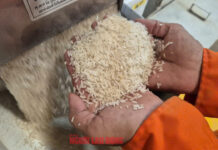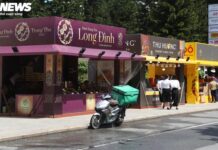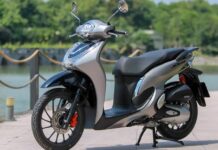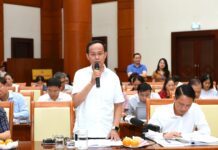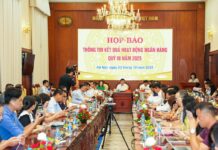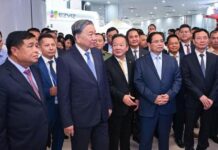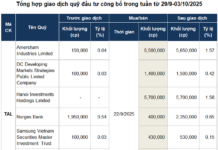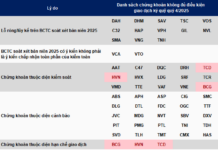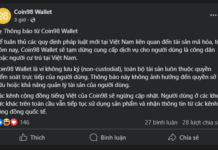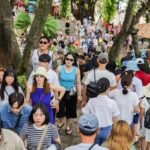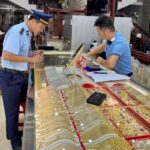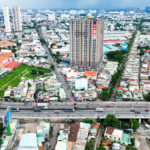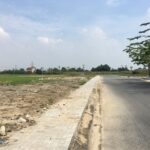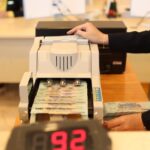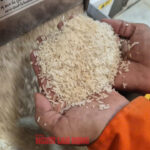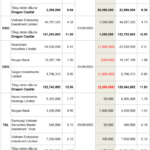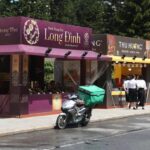A television bridge connecting Thanh Hoa, Dong Thap, and Ho Chi Minh City reminisced about an unforgettable historical period of the country.
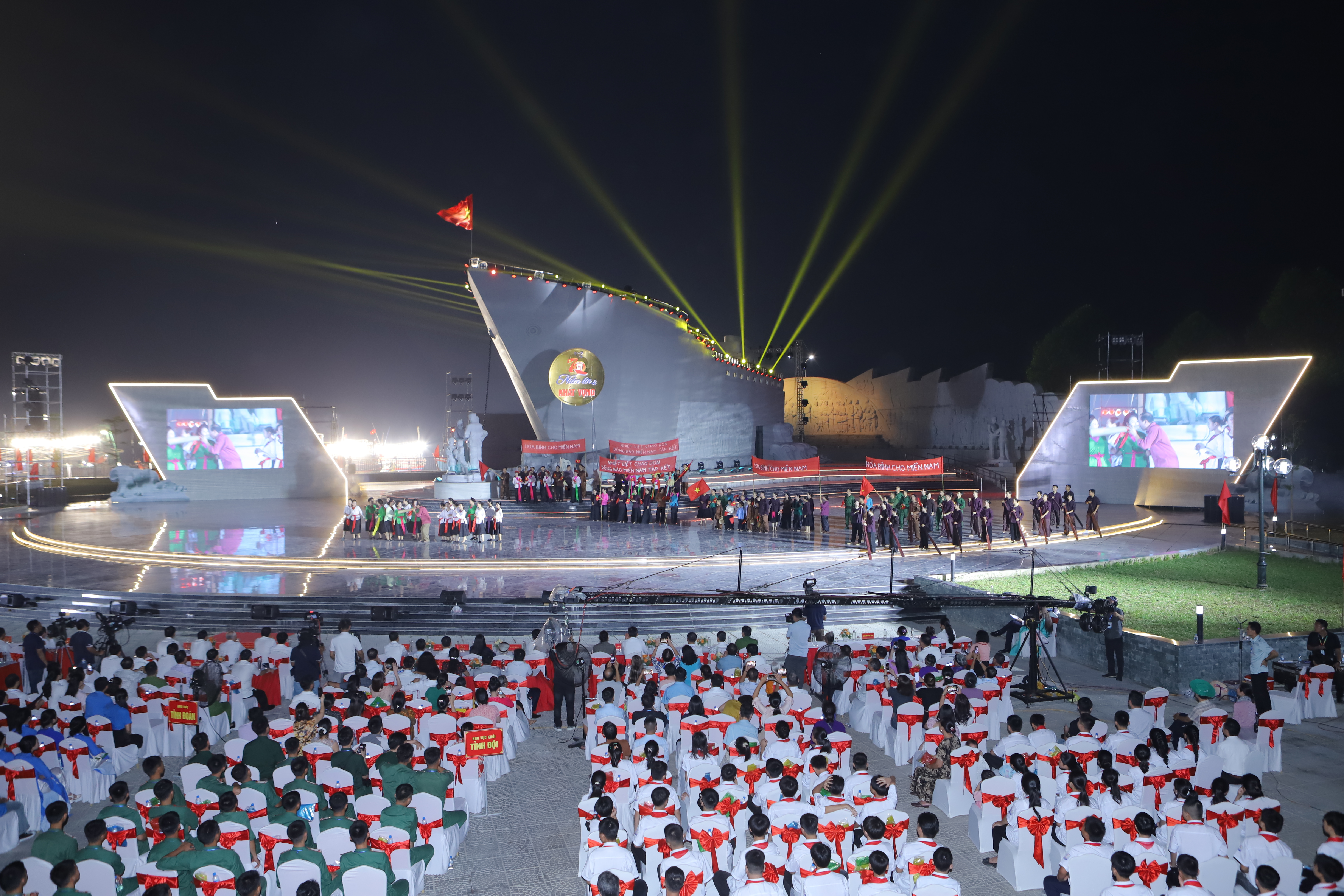
The television bridge program consisted of three parts.
Part I: “Go in Glory – Stay Brave” brought together witnesses who shared memories and farewell messages from the past.
Part II narrated the memories of a journey and the warm welcome of the people of Thanh Hoa, showcasing their wholehearted support for the Southerners.
Part III presented film clips of the continuing journey of the “red seeds” towards reunification and their significant contributions to the country’s construction and defense.
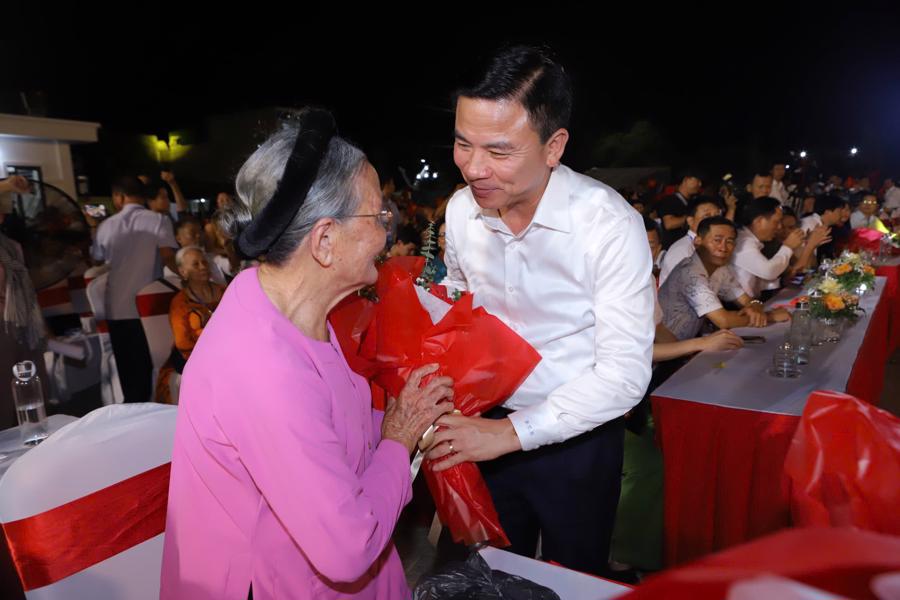
Seventy years ago, the Geneva Accords were signed (in 1954), and Ho Chi Minh City and the Central Party Committee made a strategic decision to bring Southern officials, soldiers, and compatriots to the North for further education and training to build a force of cadres for the long-term revolutionary cause.
In August 1954, after the Government Council approved the proposal to organize a reception for Southern compatriots, officials, soldiers, and students, Thanh Hoa province, along with Hai Phong, Thai Binh, and Nghe An provinces, was assigned the task of welcoming them. Following the directive, the Thanh Hoa Provincial Party Committee established a reception committee and set up a gathering point at Sam Son port, now known as Lach Hoi Gate in Quang Tien Ward, Sam Son City, Thanh Hoa Province.
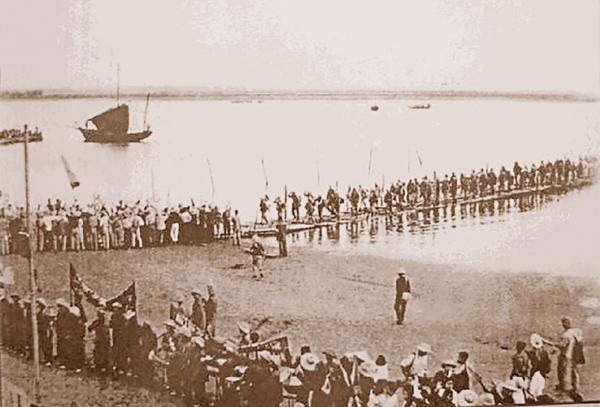
Thanh Hoa province was also the first locality to welcome Southern compatriots. Over nine months, from September 1954 to May 1955, the province received 45 ships in seven batches, totaling 56,486 people. This included 47,346 officials and soldiers, 1,775 wounded soldiers, 5,922 students, and 1,443 family members of officials.
To ensure the health of the gathered people, Thanh Hoa province built an 800-bed field hospital, established a first-aid station in Sam Son, and set up two health examination stations in the communes of Hoang Loc and Hoang Quang in Hoang Hoa district. They also founded a clinic in Thieu Do commune, Thieu Hoa district, to take care of the health of the gathered people, especially those who had been imprisoned and tortured by colonialists in Chi Hoa prison.
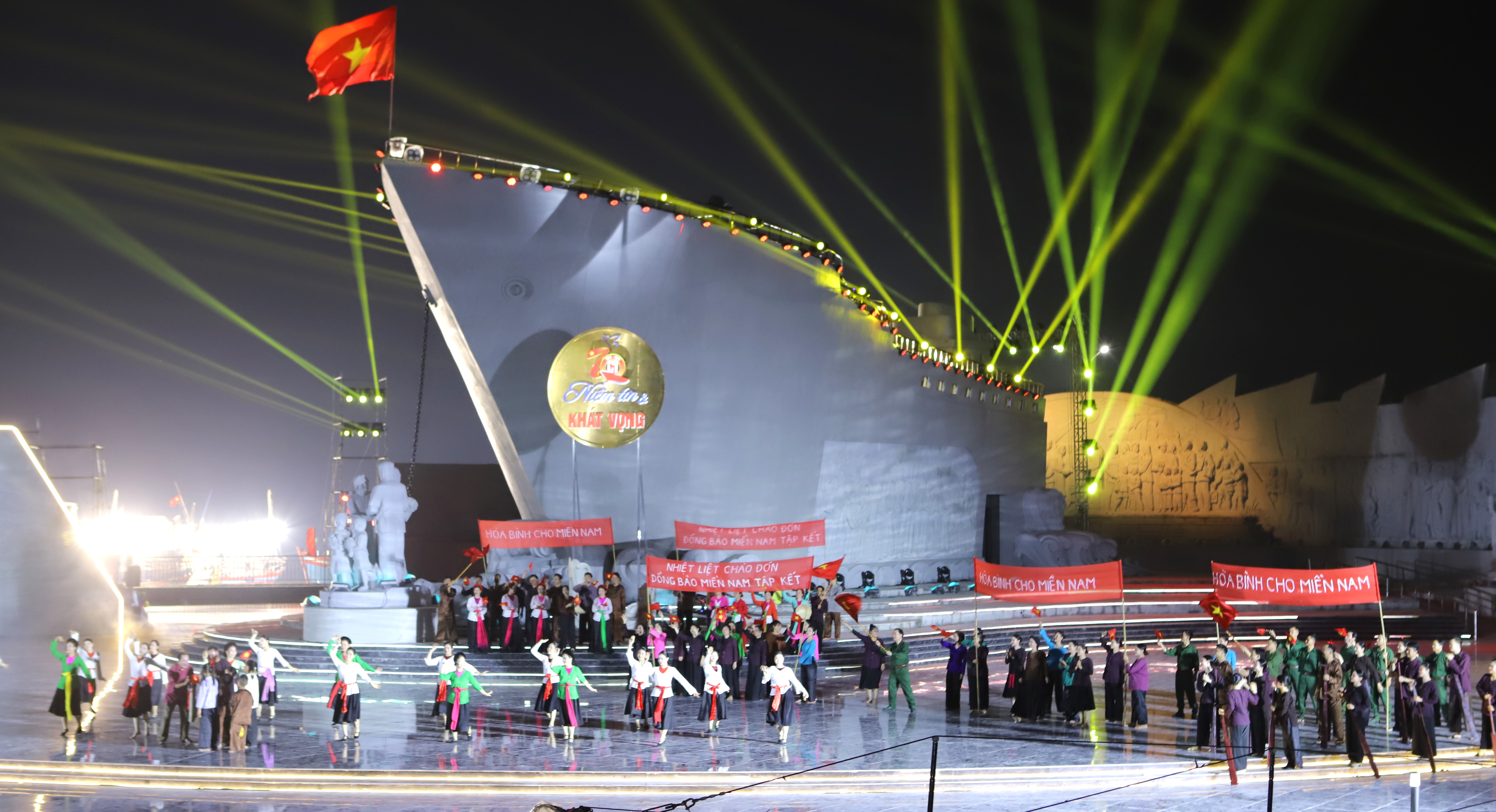
After the reception and stabilization process, the Southern compatriots were taken to various provinces and cities in the North, such as Hanoi, Ninh Binh, Nam Dinh, Ha Nam, Thai Binh, and Hai Phong, for labor, study, and work. For those who remained, the Thanh Hoa Party Committee arranged long-term jobs and ensured their livelihood.
Over the past 70 years, many of these Southern compatriots who moved to the North have become high-ranking leaders of the Party and State, scientists, artists, actors, senior officers, heroes of the people’s armed forces, and successful entrepreneurs, contributing significantly to the country’s development.
Speaking at the television bridge program, Mr. Truong Hoa Binh, former Deputy Prime Minister, Head of the Central Committee of the Southern Student Association, representing the Southern compatriots who moved to the North, expressed his gratitude to the people of the North, especially the officials and people of Thanh Hoa province, for their wholehearted support and dedication despite the challenging and scarce conditions at that time.

“Today, I am fortunate to be able to express, on behalf of the generations of Southern students in the North, our deepest gratitude to the Party, Government, and people of the North. The event of Southern compatriots gathering in the North is not only recorded in history books but also reflected in reality through the image of the memorial area for Southern compatriots, officials, soldiers, and students who moved to the North in Sam Son City. The warm reception and meticulous care for the Southerners 70 years ago testify to the Party’s and Uncle Ho’s concern and the Northern people’s affection for the South,” said former Deputy Prime Minister Truong Hoa Binh.
The people of many localities in Thanh Hoa also contributed essential goods to support the gathered people during their stay in the province. For example, the people of Nong Cong and Dong Son districts donated 600 cows, 700 pigs, 15,000 chickens and ducks, and 120,000 eggs. The people of Nga Son and Quang Xuong districts contributed 8,384 pairs of mats, while the people of Tho Xuan, Hoang Hoa, Thieu Hoa, and Yen Dinh districts provided 2,800 individual screens, 1,000 double screens, 4,100 blankets, and 1,450 cotton jackets. Additionally, the people of Thanh Hoa province also donated a total of 49,000 sets of clothing, 6,161 pairs of rubber shoes, and thousands of tons of food to the Southern compatriots.
Unlocking Regional Potential: A $5.3 Billion Investment to Create a Transport Hub, Connecting Ho Chi Minh City and Vietnam’s Future Centrally-Governed City
As the gateway connecting Ho Chi Minh City and Binh Duong Province (which is set to become a centrally-governed city by 2030), the Song Than intersection currently only has a two-tier structure. The narrow An Binh road, with its two lanes, often experiences heavy congestion.
The City of Ho Chi Minh will Adjust the Collection Rates in the New Land Price Table
The newly proposed land price schedule has increased prices by as much as 5 to 51 times compared to the previous schedule. However, the authorities will collaborate and report to the People’s Committee of Ho Chi Minh City, proposing that the government review and adjust the tax rates and collection amounts as necessary to ensure equitable financial obligations regarding land matters.

